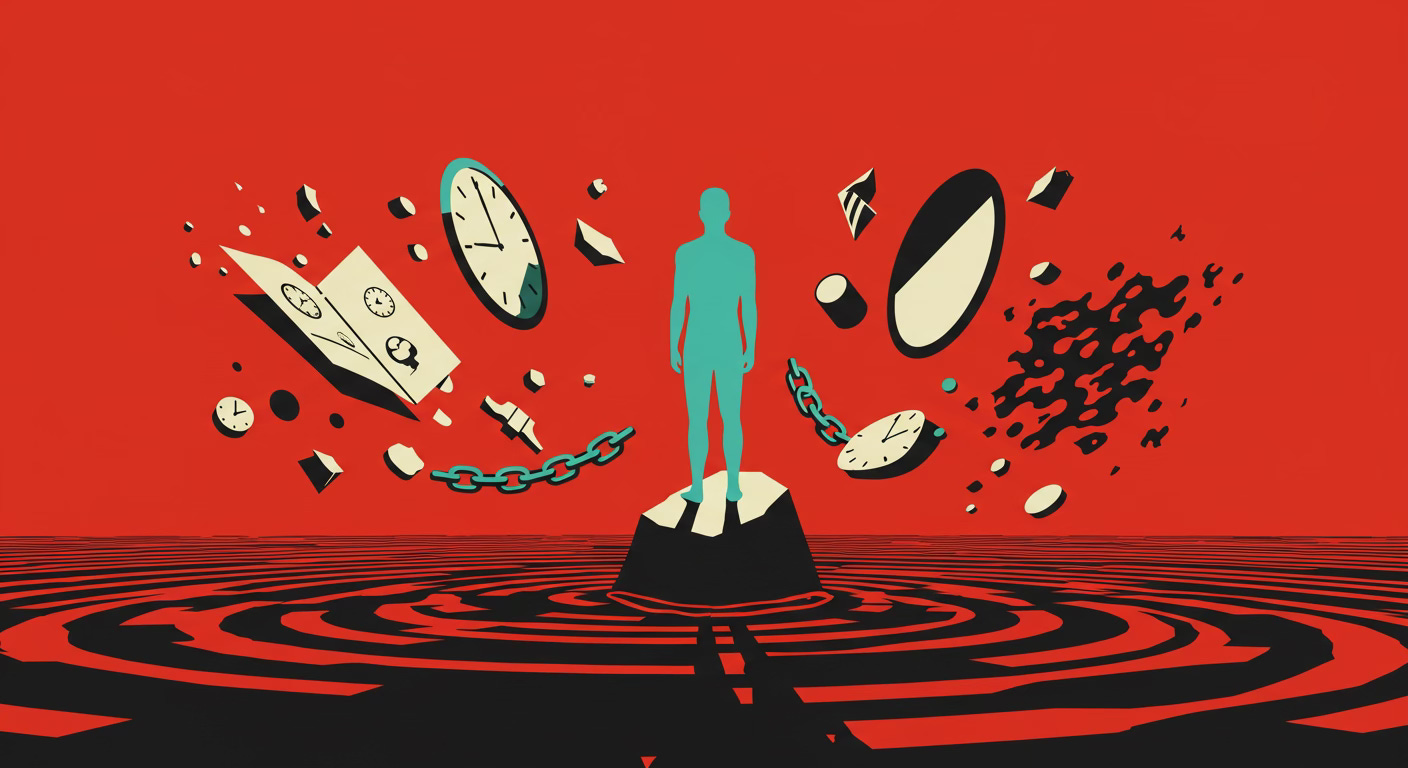To define oneself is perhaps the most intimate yet overlooked act of freedom and responsibility in a person’s life. At first glance, self-identification seems like a spontaneous by-product of growing up: one collects experiences, makes choices, aligns with social groups, and over time, forms a notion of who they are. But under closer scrutiny, the question becomes more complex—and dangerous in its ambiguity. Who decides what we are? On what basis do we evaluate ourselves? And most crucially, if we do not define ourselves deliberately, who or what will fill that vacuum in our place?
The challenge begins with the absence of a pre-established framework. We are not born with a manual to ourselves. Unlike professions, machines, or even narratives that follow linear paths, the human self is an unfolding process without fixed coordinates unless one dares to impose them. Without active engagement in this process, a person becomes malleable to life's external pressures—successes inflate the ego, failures shrink it, relationships shape our sense of worth, and society's gaze redefines our role continuously. In that sense, self-definition is not optional; it is inevitable—the only choice we have is whether to define ourselves from within or be defined from without.
Carl Jung famously said, “The world will ask you who you are, and if you do not know, the world will tell you.” This quote encapsulates the essence of passive identity formation. When we avoid the deep and often uncomfortable process of asking ourselves who we are—by what values we live, what mission animates our decisions, what traits we embody and which ones we reject—the world answers on our behalf. It projects stereotypes, prescribes roles, and labels that may be easy to carry but rarely reflect our deeper truth. A powerful but subtle enemy of self-definition is what could be called the “mass minimisation effect”.
Keep reading with a 7-day free trial
Subscribe to Badis Tabarki to keep reading this post and get 7 days of free access to the full post archives.

